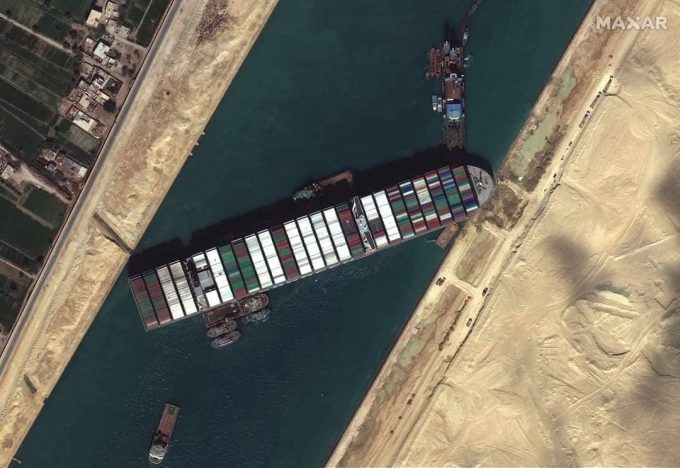Two Maersk box ships come under fire in latest Houthi missile attack
A week after US president Joe Biden admitted airstrikes were not preventing Houthi attacks on ...

A group of cargo owners are blaming Shoei Kisen Kaisha, the Japanese owner of Ever Given, for last March’s financially catastrophic grounding of the vessel in the Suez Canal.
In an unconventional turn for maritime incidents, it is the 20,388 teu ship’s owner and not crew ...
Four crew members still missing as Wan Hai 503 continues to burn
Explosions and 'out-of-control' fire reported on Wan Hai box ship
Predatory rivals circle as the ripples from DSV's Schenker buy widen
MSC Elsa crew face criminal probe, as Wan Hai 503 firefighters battle on
'It's driving us mad', say forwarders as US court fails to end tariff turmoil
Transpacific rates ease as capacity boost proves too much for trades to digest
European port congestion easing – for now
Latest Israeli attack on Iran a threat to box ships in Straits of Hormuz

Comment on this article